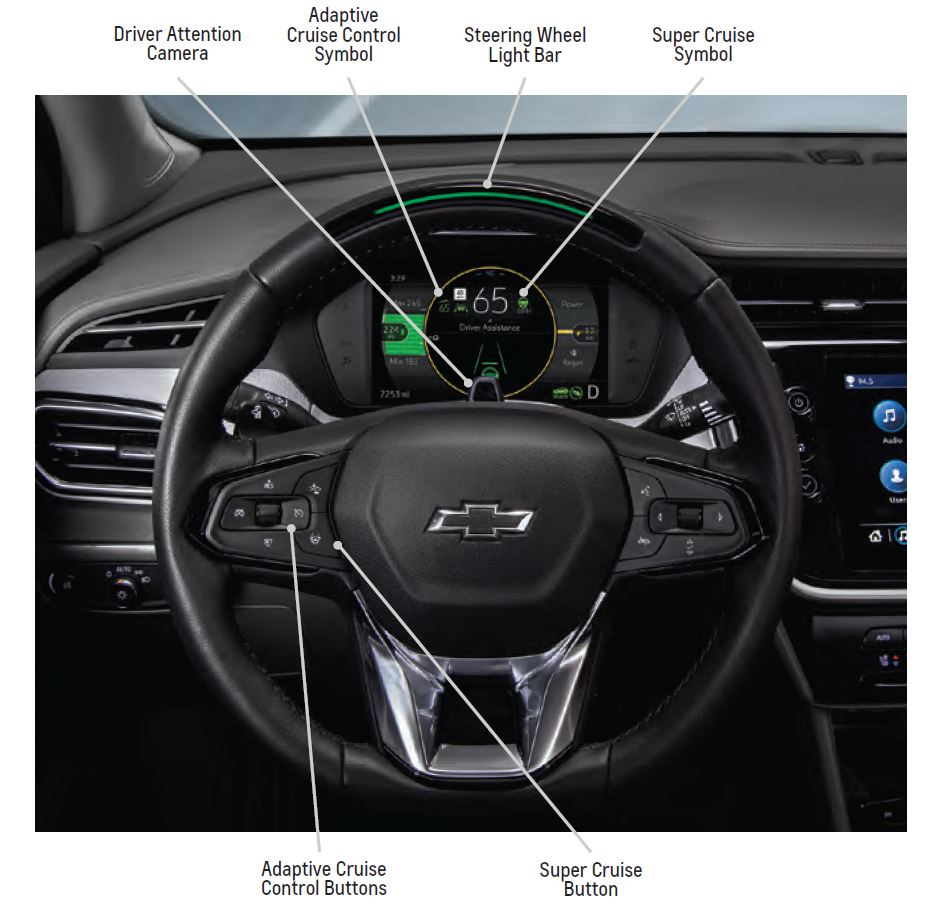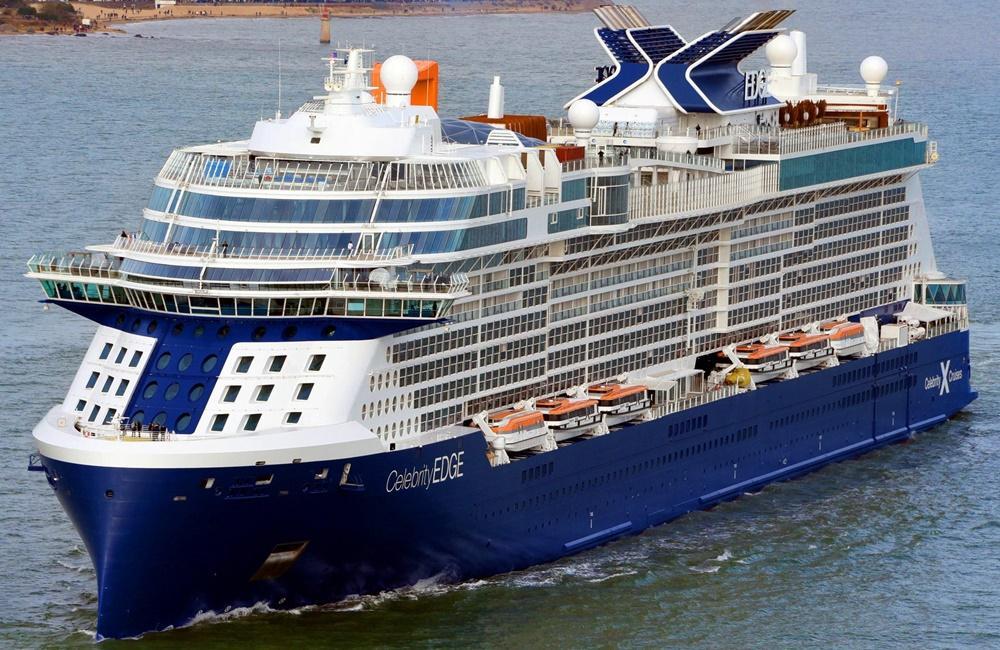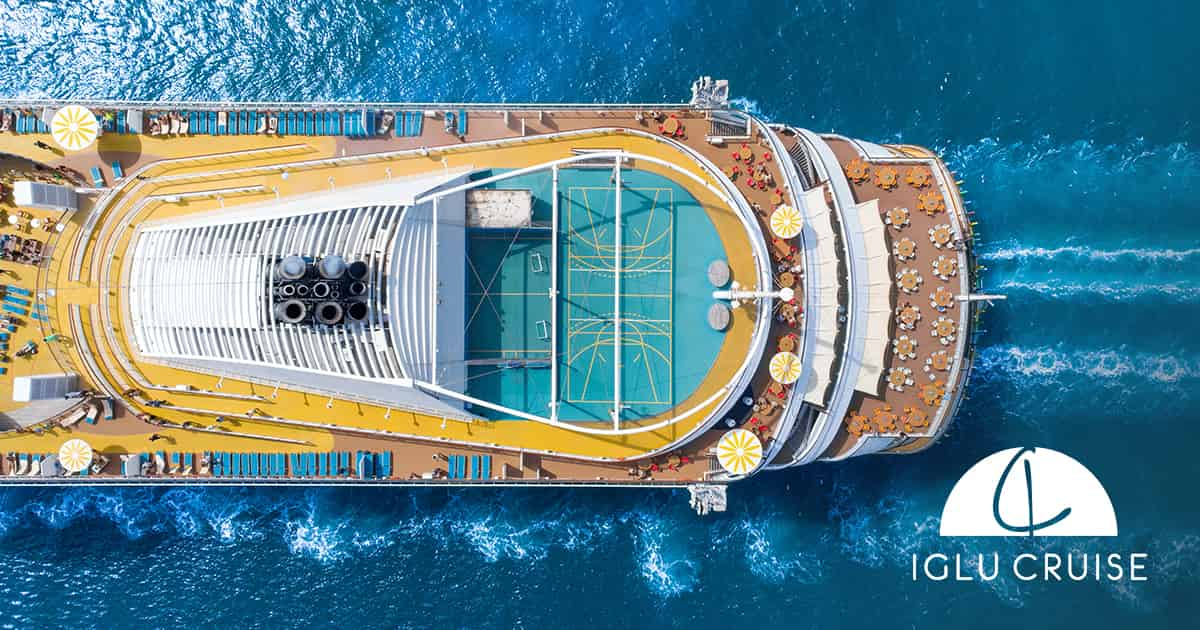Table Of Content

Eventually, an Uber self-driving car killed a woman crossing the street in Arizona, which resulted in the company shuttering the whole division. Most automakers have already dialed back their autonomous ambitions. Last year, Ford and Volkswagen pulled their funding from Argo AI, forcing the company to cease operations. Toyota’s vision for a futuristic city teeming with self-driving cars has been significantly delayed. In 2022, AV investments went down nearly 60 percent year over year as startups struggled through layoffs or outright closures. California’s Department of Motor Vehicles last week accused Cruise of omitting the dragging of the woman from a video of the incident it initially provided to the agency.
Suspension of operations
Two days later, Cruise went further and voluntarily suspended all of its driverless operations around the country, taking 400 or so driverless cars off the road. Since then, Cruise’s board has hired the law firm Quinn Emanuel to investigate the company’s response to the incident, including its interactions with regulators, law enforcement and the media. This isn’t the first time Cruise has gone through a leadership shuffle. Barra ousted Dan Ammann as Cruise CEO in December 2021, replacing him with Vogt, who at the time was chief technology officer. Ammann, who had once competed with Barra for the top spot at GM, wanted to keep the focus on robotaxis, while Barra and the GM board wanted to go big, including putting Cruise’s technology in luxury Cadillac vehicles.
Acquisition by GM and investments
On Monday, Cruise said it planned to begin deploying a limited number of its Origin vehicles for ride-hail services in Dubai from 2023, its first overseas commercial service. The announcement comes a week after peer TuSimple revealed plans for an initial public offering (IPO), at a time when self-drive technology is yet to be commercialised. Every Cruise Origin will help reduce the world’s reliance on oil, as well as the emissions that disproportionately burden historically underserved communities. The Origin will help expand mobility options for seniors, people who are blind or have low vision, and other communities that have traditionally faced barriers in access to reliable transportation. GM is manufacturing the Origin in Michigan at Factory ZERO, supporting and creating American jobs, promoting economic growth, and advancing the long-term success of the U.S. manufacturing sector and America’s automotive industry. Majority owned by General Motors since 2016, Cruise combines a culture of innovative technology and safety with a history of manufacturing and automotive excellence.
How will driverless cars ‘talk’ to pedestrians? Waymo has a few ideas
We believe that self-driving technology will save lives and make roads safer. Since becoming part of General Motors in March 2016,[17] Cruise has been working on developing software and hardware to make fully autonomous vehicles using modified Chevrolet Bolts. We’re reintroducing a small fleet of manually-operated vehicles to begin mapping with trained safety drivers behind the wheel.
Promoting transportation priorities in SF

A Cruise spokesperson declined to comment on the company’s strategy. You rely on Marketplace to break down the world’s events and tell you how it affects you in a fact-based, approachable way. Whether you have a question or want to report an issue, our team wants to hear from you.
We have temporarily paused driverless service in all markets while we evaluate how to best serve our riders and the communities where we operate. Vogt wanted Cruise to dominate the market much in the same way that Uber dominated Lyft. But in truth, Uber’s failed effort to launch driverless cars turned out to be way more instructive. On Oct. 2, a car hit a woman in a San Francisco intersection and flung her into the path of one of Cruise’s driverless taxis. The Cruise car ran over her, briefly stopped and then dragged her some 20 feet before pulling to the curb, causing severe injuries. A big part of Cruise’s strategy moving forward, as outlined in Tuesday’s blog post, involves reforming and establishing updated incident response and crisis management protocols to ensure more efficient and transparent responses in the future.
GM's self-driving car company Cruise lost $3.48 billion in 2023 - The Washington Post
GM's self-driving car company Cruise lost $3.48 billion in 2023.
Posted: Wed, 31 Jan 2024 08:00:00 GMT [source]
The company says it will also work on improved engagement with first responders to facilitate trainings in each precinct it plans to operate in. Still, the company called the relaunched fleet with human drivers "a critical step for validating our self-driving systems as we work towards returning to our driverless mission." Founded in 2013, Cruise makes self-driving cars that have the potential to save millions of lives, reshape our cities, give people more spare time, and restore freedom of movement for many.
Cruise AV
As the Detroit Free Press reported in the fall, Cruise managers omitted key details to regulators about the California incident. The omissions led to allegations of Cruise deliberately misleading authorities, which could result in hefty fines. In January, for example, Cruise offered to pay $75,000 to state regulators to resolve an investigation, as the Detroit Free Press reported. Cruise said in January that it "accepts" the conclusions found in the report. The San Francisco-based company, of which GM owns about 80%, said it will "act on all" recommendations and is "fully cooperating" with investigations by state and federal agencies following the Oct. 2 accident. This program will keep Cruise extremely competitive in the talent market against both public and private companies as the company enters the early commercialization phase and continues to attract and retain some of the world’s best talent.
The future of AI gadgets is just phones
“We continue to believe strongly in Cruise’s mission and the potential of its transformative technology as we look to make transportation safer, cleaner and more accessible,” Barra stated in an email to employees, according to TechCrunch. And the resignations may not be over; Dan Kan, a co-founder of Cruise and the company’s chief product officer, is also stepping down, according to a source with knowledge of the events. By Andrew J. Hawkins, transportation editor with 10+ years of experience who covers EVs, public transportation, and aviation.
And now it has to deal with the fallout when that company’s “move fast and break things” culture has resulted in a crisis. Prior to the accident, Cruise was planning an aggressive expansion of robotaxis outside its home market where the majority of its vehicles operated. Founded and headquartered in San Francisco, Cruise's goal is to drive change by building the world's most advanced self-driving, all-electric, shared vehicles that safely connect people to the places, things, and experiences they care about.
Barra reportedly told employees that GM general counsel Craig Glidden will serve as Cruise’s co-president alongside Mo Elshenawy, who will also become chief technology officer. Former Tesla president Jon McNeill, who’s been a board member at GM for several years, was named vice chairman of the Cruise board alongside Barra. To make streets safer, he said in an interview, cities should embrace self-driving cars like those designed by Cruise, a subsidiary of General Motors. They do not get distracted, drowsy or drunk, he said, and being programmed to put safety first meant they could substantially reduce car-related fatalities.


